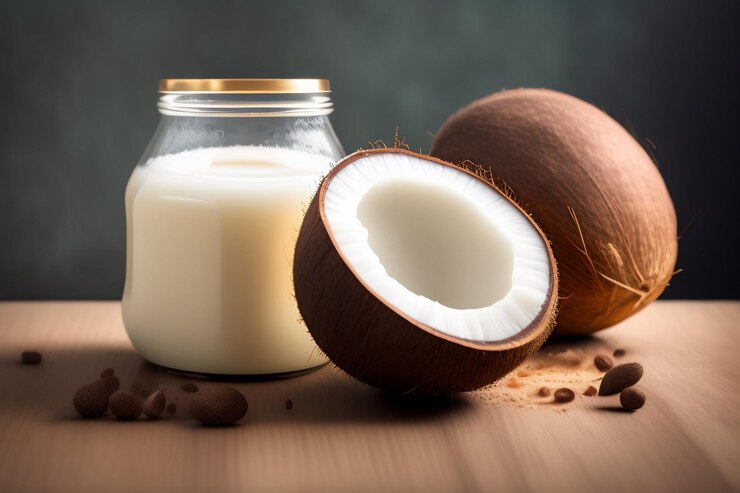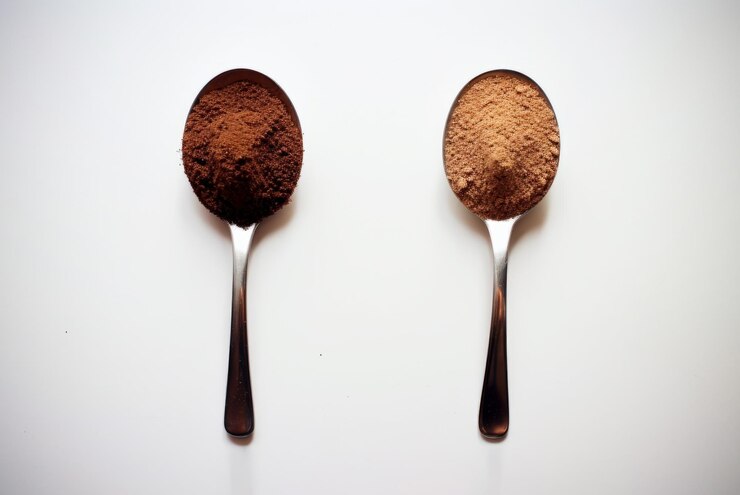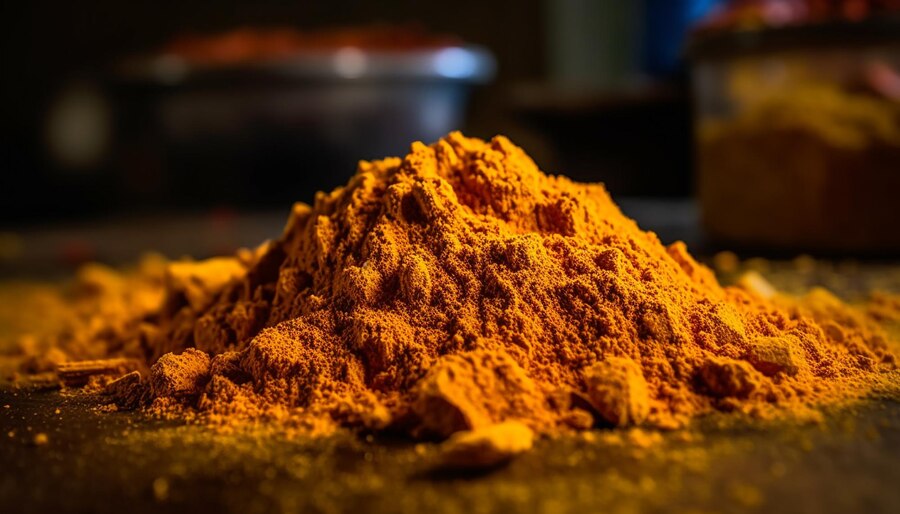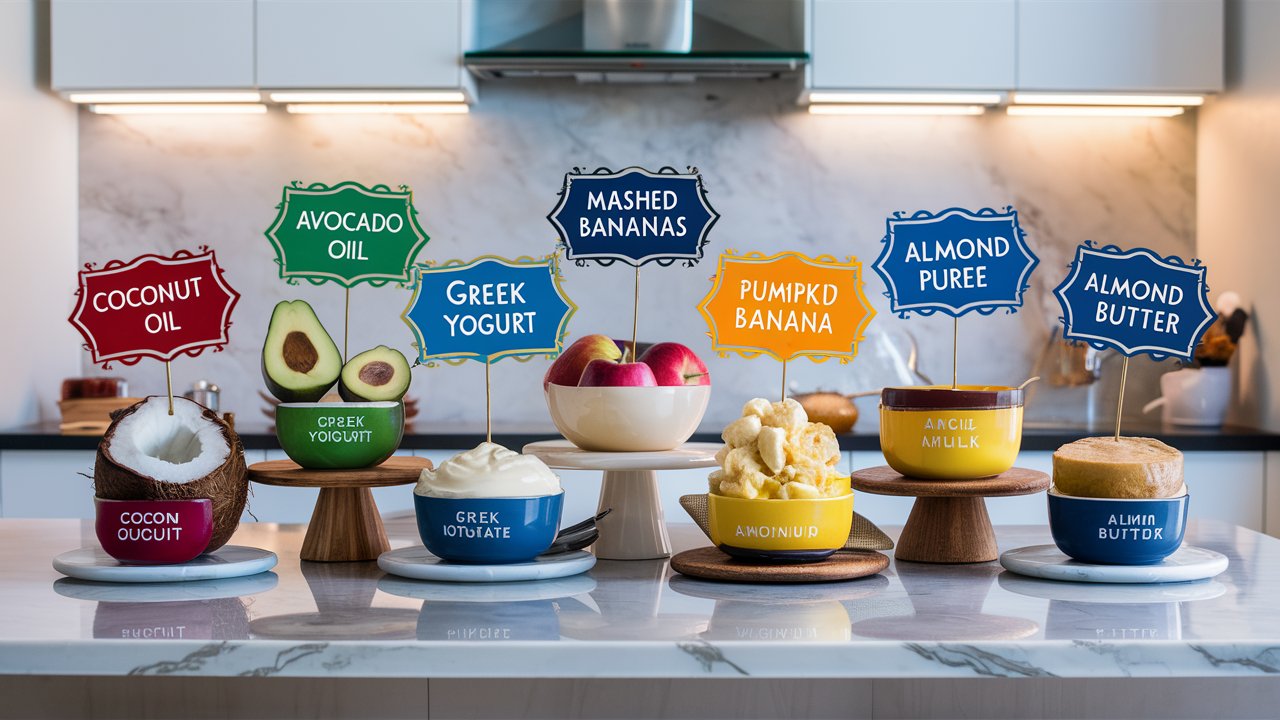In my 25 years of exploring and dissecting all things chocolate and confectionery, I’ve come across many situations where alternatives to cacao butter were needed. Whether it’s for dietary restrictions, ethical concerns, or simply cost-effectiveness, there’s a fascinating world of substitutes just waiting to be discovered. So, ditch the cocoa (for now!) and delve into this guide to find the perfect cacao butter replacement for your needs.
Understanding Cacao Butter: The Benchmark.
Before we dive into replacements, let’s establish what we’re replacing. Cacao butter, the fatty treasure extracted from cocoa beans, boasts unique properties that contribute to the decadent experience of chocolate.
Its smooth texture, ideal melting point, and subtle chocolatey flavor set the bar high for any contender. Additionally, cacao butter finds applications beyond chocolate, gracing cosmetics and skin care products with its moisturizing magic.There is another article I wrote about >>>>> Alternatives to Cacao Powder: Unveiling Delicious Substitutes for Every Need to learn more.
Seeking Substitutes: Why Go Beyond Cacao Butter?
There are various reasons why you might find yourself on the hunt for a cacao butter substitute. Here are the most common ones:
- Cost Considerations: Cacao butter can be expensive, especially when you factor in ethical sourcing and fair-trade practices.
- Dietary Restrictions: Vegans and those with dairy allergies need alternatives to avoid animal-derived fats.
- Ethical Concerns: The cocoa industry faces sustainability challenges and ethical sourcing concerns. Some individuals seek substitutes that align with their values.

Popular Alternatives: A World of Possibilities.
Now, onto the exciting part: exploring the diverse world of cacao butter alternatives! Each option offers its own set of pros and cons, so buckle up and discover which one might be your perfect match.
Coconut Oil & Coconut Butter: The Readily Available Duo.
- Pros: Both are widely available, have a similar melting point to cacao butter, and boast a neutral flavor that blends well with other ingredients.
- Cons: Coconut oil solidifies at room temperature, potentially affecting texture. Coconut butter’s distinct coconut taste might not suit all palates.
Shea Butter: The Moisturizing Marvel.
- Pros: Beloved in the skincare world for its moisturizing properties, shea butter adds a unique nutty flavor to confections.
- Cons: Its softer texture might require adjustments in recipes, and its price tag is generally higher than other options.
Palm Kernel Oil: The Affordable Choice.
- Pros: This readily available and affordable option offers a neutral flavor, making it suitable for various applications.
- Cons: Sustainability concerns surround palm oil production, and some studies raise potential health concerns.
Kokum Butter: The Smooth Operator.
- Pros: This lesser-known gem boasts a smooth texture and subtle flavor, making it a versatile choice for both chocolate and cosmetics.
- Cons: It’s less readily available and generally more expensive than other options.
Other Options: Expanding the Horizons.
Don’t limit yourself to just these! Other potential substitutes include cocoa paste (intense chocolate flavor), mango kernel fat (similar properties to cocoa butter), and soy lecithin (emulsifier for vegan chocolates).
Remember, the “best” alternative depends on your specific needs and priorities. Consider factors like melting point, flavor impact, application suitability, and your personal values when making your choice.

Stay tuned for the next part of this guide, where we’ll delve deeper into the pros and cons of each substitute, helping you make an informed decision for your next chocolatey (or non-chocolatey) adventure!
Pros and Cons of Each Substitute: Navigating the Trade-Offs.
As we saw in the previous section, each cacao butter alternative boasts its own unique set of advantages and disadvantages. Let’s dissect these trade-offs to help you choose the substitute that aligns best with your needs:
Melting Point and Tempering: The Key to Texture.
Cacao Butter: The gold standard with a perfect melting point and tempering requirement for that iconic snap.
Coconut Oil & Coconut Butter: Coconut oil melts at room temperature, potentially leading to textural issues in chocolate. Coconut butter requires tempering for a smooth finish.
Shea Butter: Melts slightly faster than cacao butter, requiring adjustments in tempering and potentially affecting texture.
Palm Kernel Oil: Melts at a similar temperature to cacao butter, making tempering straightforward.

Kokum Butter: Melts faster than cacao butter, requiring minimal tempering but potentially impacting texture.
Other Options: Melting points and tempering requirements vary depending on the substitute. Do your research beforehand!
Flavor and Textural Impact: Striking the Right Balance.
Cacao Butter: Subtle chocolatey flavor and smooth texture.
Coconut Oil & Coconut Butter: Neutral flavor, but coconut butter can impart a distinct coconut taste. Both have a slightly different mouthfeel than cacao butter.
Shea Butter: Nutty flavor profile that can complement certain chocolates but might not be universally preferred. Softer texture compared to cacao butter.
Palm Kernel Oil: Neutral flavor, suitable for blending with other ingredients. Texture similar to cacao butter.
Kokum Butter: Subtle flavor that doesn’t overpower other ingredients. Smooth texture but melts faster, affecting mouthfeel.
Other Options: Flavor and texture vary depending on the substitute. Experiment to find your preferred match.
Suitability for Different Applications: Choosing the Right Tool for the Job.
Chocolate: Consider melting point, tempering requirements, and desired flavor profile when choosing a substitute.
Cosmetics: Shea butter and kokum butter excel due to their moisturizing properties. Palm kernel oil, while affordable, raises ethical concerns.
Baking: Coconut oil can be a suitable substitute for some baked goods, while others might require alternatives with higher melting points.
Remember: Each substitute has its strengths and weaknesses. Research and experiment to find the best fit for your specific application.
Health and Ethical Considerations: Making Informed Choices.
Sustainability: Palm oil production raises concerns about deforestation and habitat loss. Consider alternatives like kokum butter for a more sustainable choice.
Health: Some studies suggest potential drawbacks of palm kernel oil. Opt for substitutes with healthier fat profiles like coconut oil or cocoa butter.
Fair Trade: Look for ethically sourced and fair-trade certified alternatives to support responsible cocoa farming practices.

Dietary Restrictions: Ensure your chosen substitute aligns with your dietary needs, whether it’s vegan, dairy-free, or allergen-free.
By prioritizing your values and understanding the impact of your choices, you can select a cacao butter substitute that aligns with your personal ethics and health goals.
Stay tuned for the final section, where we’ll offer tips on choosing the right substitute and encourage you to embark on your own delicious exploration of the cacao-free world!
Choosing the Right Substitute: Your Guide to Cacao-Free Bliss.
Now that you’ve navigated the exciting yet complex world of cacao butter alternatives, it’s time to put your knowledge into practice! Here are some key points to remember when making your choice:
1. Match the substitute to your needs: Consider the application (chocolate, cosmetics, baking), desired flavor and texture, and any dietary restrictions or ethical concerns you have.
2. Don’t be afraid to experiment: Start with small batches and adjust your recipe as needed. Different substitutes might require tweaks in proportions, tempering techniques, or baking times.
3. Prioritize your values: If sustainability is your top concern, explore options like kokum butter. If affordability is key, coconut oil might be a good choice. Remember, there’s no one-size-fits-all answer!
4. Embrace the unique: Each substitute offers its own flavor and textural profile. Be open to discovering new taste experiences and experimenting with different combinations.
5. Have fun! Exploring cacao-free alternatives is a journey of discovery. Enjoy the process, learn from your experiments, and share your creations with others.
Bonus Tips:
- Consult online resources: Numerous websites and blogs offer recipes, tips, and insights on using cacao butter alternatives.
- Connect with chocolate-making communities: Online forums and groups can be a wealth of information and connect you with like-minded individuals.
- Support ethical brands: Seek out companies committed to fair trade practices and sustainable sourcing when purchasing ingredients.
Remember, there’s no right or wrong answer when it comes to choosing a cacao butter substitute. The most important thing is to be informed, make conscious choices, and most importantly, have fun exploring the endless possibilities beyond the bean!
I am commitment to crafting compelling narratives and delivering insightful content continues to inspire and inform readers across various platforms. Explore her articles on AlternativesZone.com and FactAfterFact.com to experience a rich tapestry of knowledge and discovery. Here I Analyze and Test the products and services together with my team before we recommend them to our users. Nice Reading Here!







No responses yet